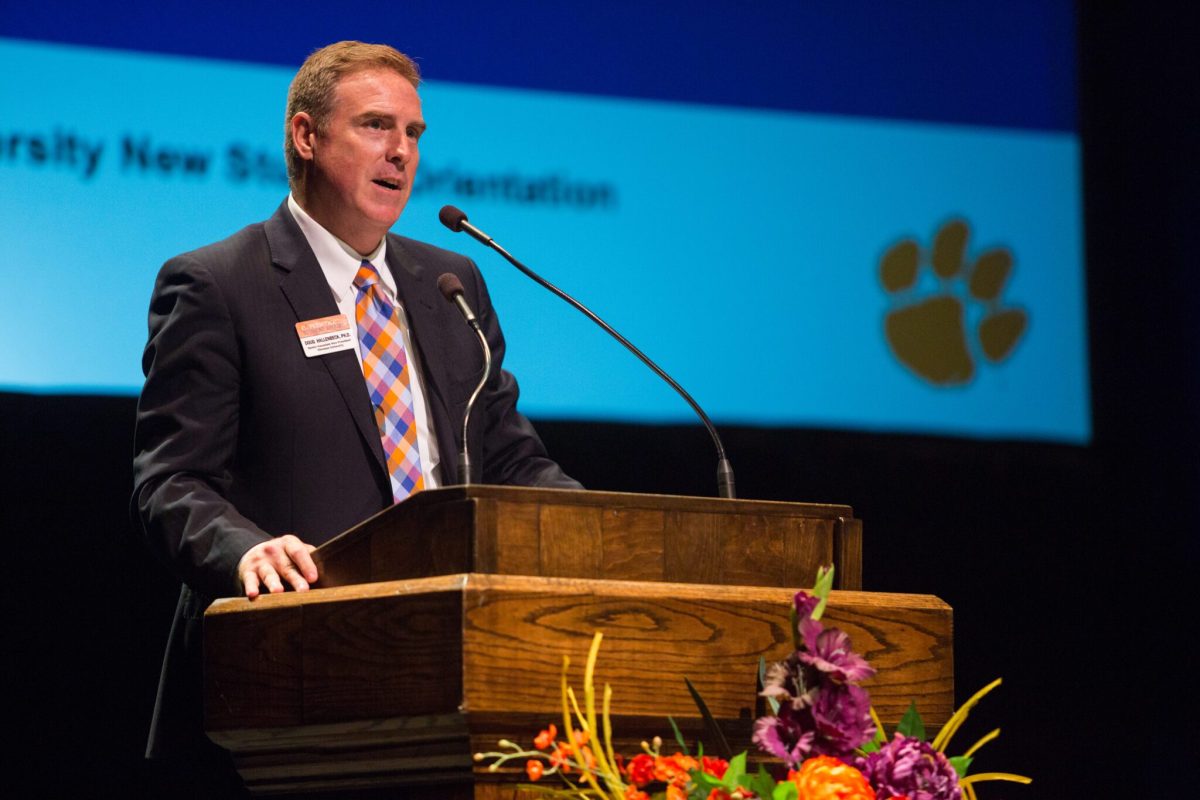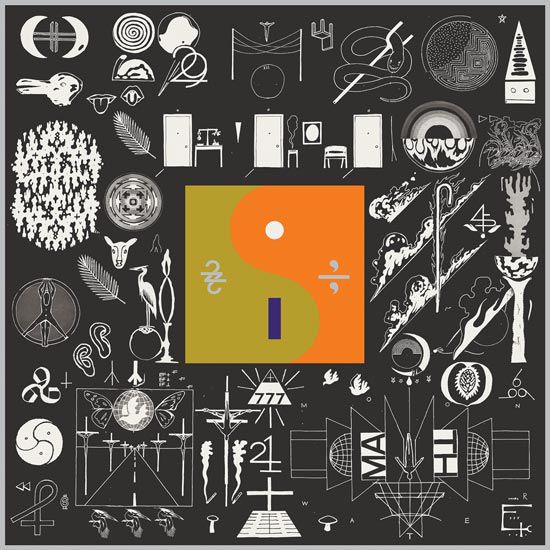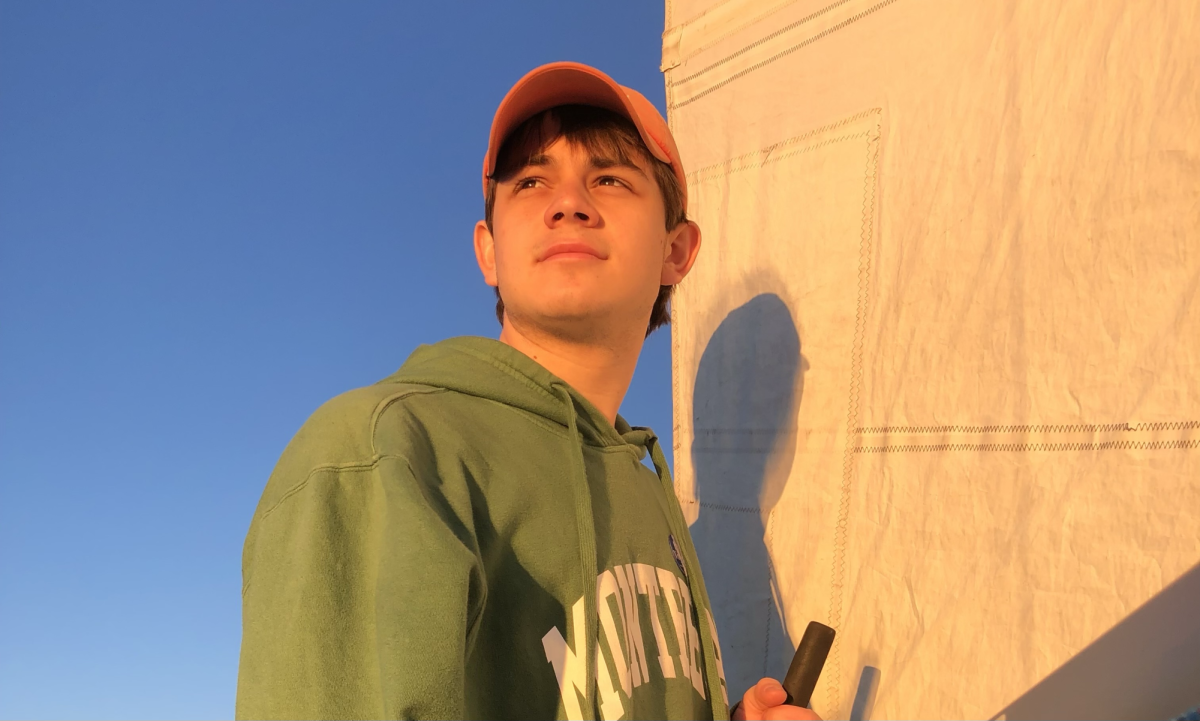The story surrounding Justin Vernon’s debut album “For Emma, Forever Ago” has been repeated so many times now that it almost sounds like folklore. After a series of bad breaks — from his band, from his girlfriend and from himself — Vernon locked himself up in his father’s remote hunting cabin in the woods of Wisconsin, where he recorded the songs that would eventually form the album. He hunted his own food and chopped wood to stoke his own fires. He watched Northern Exposure DVDs and drank beer. He scared off a bear (really!!!), and at the end of winter emerged from his cabin.
The resulting nine songs sound cold and haunting, with layered vocals meant to emulate a choir and a yelping falsetto that has come to characterize most of Vernon’s recordings as Bon Iver. The songs are also profoundly sad and isolated. Most of the album was recorded on an old Macintosh computer with just acoustic guitars and Vernon’s layered vocals serving as the backbone of each track. After self-releasing the album with a limited 500 copy run, critical acclaim snowballed into a contract with indie label Jagjaguwar and a wide release of “For Emma.” The album appeared on many best of the decade lists in 2010 and is certified gold in the United States.
In 2011 the band released the semi-eponymous “Bon Iver, Bon Iver.” The album was bold and ambitious departure from the cold and isolated “For Emma,” with Vernon bringing in a full band and using large choral and brass arrangements. Many of the songs are named after places (some real, some imagined) but album itself feels almost surreal and placeless. The music flows together. The snow starts to melt.
Five years later the band’s third album “22, A Million” takes a surprising turn towards the strange and experimental. The folk of “For Emma” and the vast arrangements of “Bon Iver, Bon Iver” are practically gone. Vernon’s voice clips in and out over lurching electronic bursts forged by the Messina, a device created by and named for his audio engineer Chris Messina. The arrangements are fractured and unusual. Even the song titles seem strange (see “22 (OVER S∞∞N)” and “10 d E A T h b R E a s T “). Kanye West once hailed Vernon as his “favorite living artist” and this degree of confident experimentation is reminiscent of West’s tendency to reinvent himself.
Album standout “8 (circle)” is the most obvious center between the “old” Bon Iver and the most conventional of the album’s ten tracks as well as the one that utilizes the least vocal manipulation. Vernon uses an OP-1 (a portable synthesizer, sampler and sequencer), a vocoder and auto-tune to filter and alter his voice until it’s practically unrecognizable. It sounds like an android falling in love with the forest. “22, A Million” is stunningly beautiful, chaotic and inventive, like Dylan going electric on “Highway” “61 Revisited” or Radiohead smashing all their guitars before recording “Kid A.” It’s a masterpiece.














